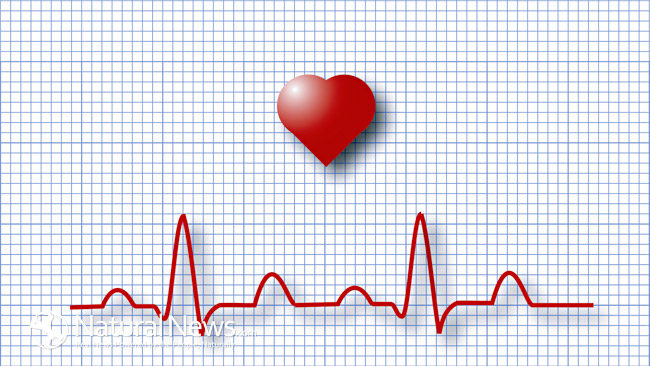It seems the questionable causal culprit for high blood pressure (HBP) or hypertension, sodium chloride or table salt, is being slowly replaced. The new villain that needs to be curbed for lowering high blood pressure is high fructose corn syrup (HFCS), which leads to obesity, diabetes, and cardiovascular health issues.
The high sodium intake source of high blood pressure has been challenged by some for over a decade. The only type of salt recognized by almost all the medical establishment is processed table salt, which adds toxins while removing the essential trace minerals contained in unprocessed sea salt.
Even the high blood pressure leading to heat attack assumptions have been challenged. A NYC epidemiological study demonstrated people normal blood pressures in NYC having more heart attacks than people who had high blood pressures.
A few renegade MDs and several naturopaths, osteopaths, and chiropractors have challenged the unproven hypothesis of salt being the basis of high blood pressure (HBP). Perhaps the most well known is Dr. David Brownstein, MD, author of Salt your Way to Health. (1)
A glance at almost any processed food package shows processed salt or sodium chloride as an ingredient. Eating lots of packaged and processed foods will create a higher sodium load than someone who eats whole foods sprinkled liberally with beneficial unprocessed sea salt.
That’s because processed salt’s stripped mineral content ensures 99% sodium content while whole unprocessed salt contains valuable minerals with a 50% sodium content. Perhaps even worse are the toxins, including bleaches, that become part of table salt from processing. Unprocessed sea salt is usually sun dried.
But now even processed table salt as the causal factor for hypertension is being challenged. Here’s a very recent study example.
HFCS is more commonly used in processed foods, fruit juices, sweets, and sodas than cane or beet sugar. It’s cheaper than sucrose (table sugar), and satisfies the “sweet tooth” that possesses too many people on the go and too busy to find and prepare unprocessed foods.
According to the USDA, National HFCS consumption has increased over 10,600 percent from 1970 to 2005, and it is now the number one source of empty calories in America.
How HFCS Contributes to Hypertension or High Blood Pressure
Fructose in fruit is tied to several other nutritional compounds that balance out fructose’s negative aspects. But fructose isolated from corn and made into a syrup is too much for the body to metabolize. Even table sugar metabolizes better.
At the beginning of his videotaped lecture, videotaped by University of California TV, Robert H. Lustig, MD, a UCSF Professor of Pediatrics in UC’s Division of Endocrinology, explains how the rise in HFCS use over the past three to four decades is behind the obesity and diabetes epidemic, and contributes to high blood pressure and poor heart health. Dr. Lustig’s fascinating, controversial live lengthy lecture is available on YouTube, source (2) below.
HFCS, sometimes innocently called “corn sugar” or “corn syrup”, initiates a toxic overload from insufficient metabolism. The liver doesn’t convert isolated, concentrated fructose into energy well and stores it as fat, in the liver, instead. Add this to the factor of GMO corn with traces of glyphosate and some mercury as a byproduct from the process. This toxic overload leads to obesity, fatty liver, other liver complications, and kidney disease.
Dr. Richard Johnson of the University of Colorado cooperated with researchers at the University of Florida conducting investigations linking HFCS to high blood pressure and other issues. Their research revealed definite links of high HFCS consumption to high blood pressure. (3)
One of the toxic waste products remaining in the body from regular HFCS consumption is uric acid. A test of 17 subjects with high uric acid counts showed all 17 with high blood pressure. Uric acid inhibits nitric oxide (NO) in the blood vessels.
Nitric oxide is a volatile gas that helps maintain blood vessel elasticity. When that elasticity decreases, blood pressure increases. Increasing NO production can be enhanced with exercise and supplemented with L-arginine or citrulline. There are foods with these compounds also. (4)
A safe range of uric acid is from 3 to 5.5 milligrams per deciliter (0.1 liter), with 4 mg/dl ideal for men and 3.5 mg/dl for women. Higher numbers threaten blood pressure increases. You can ask your health professional about a uric acid test or shop the internet by inserting “uric acid blood testing” in your search engine.
There’s more discussion on salt, HBP, and cardiac health if you check out source (5) below.
Sources for More Information:
(1) http://w3.newsmax.com/newsletters/brownstein/salt.cfm
(2) YouTube video – http://www.youtube.com/watch?v=dBnniua6-oM
(3) http://www.ucdenver.edu/about/newsroom/newsreleases/Pages/Effects-sweeteners-on-body.aspx
(5) http://www.naturalnews.com/026093_salt_sodium_health.html





